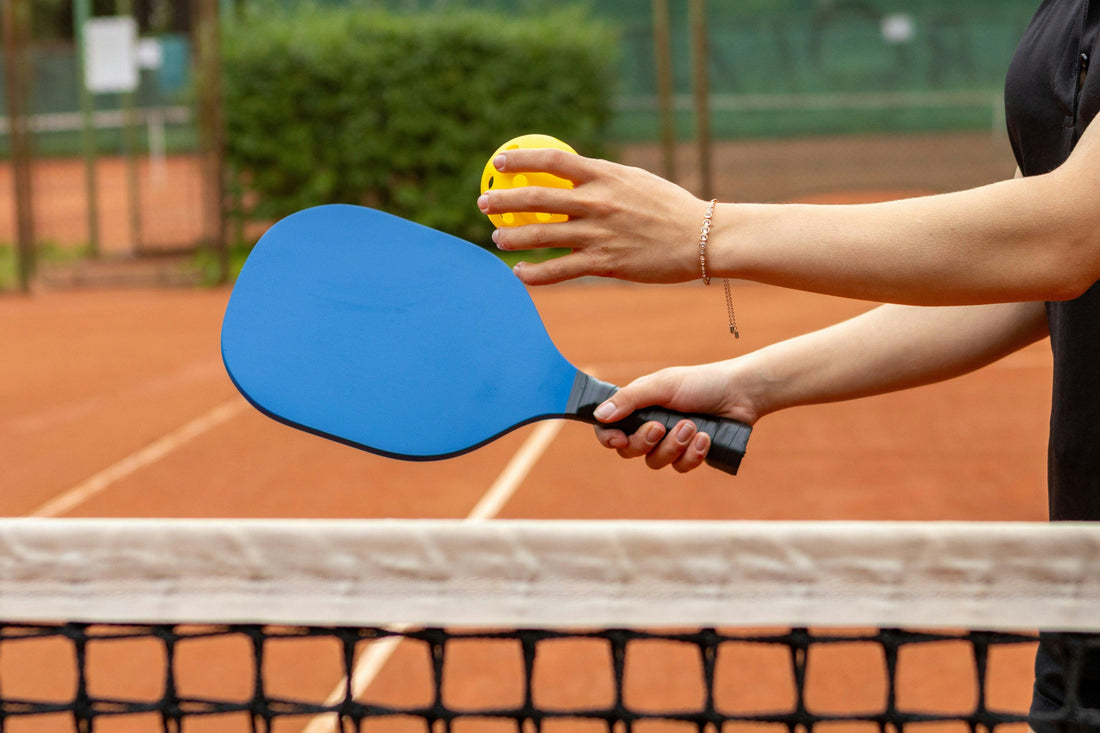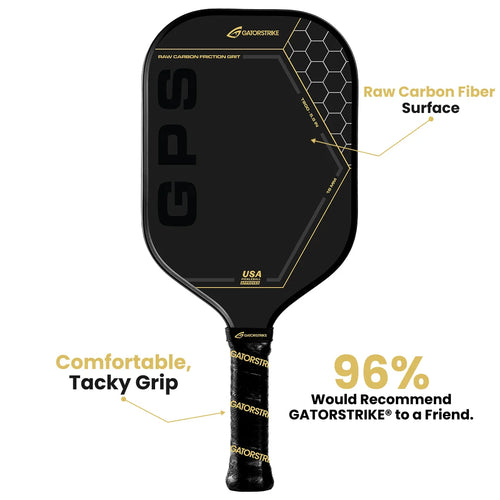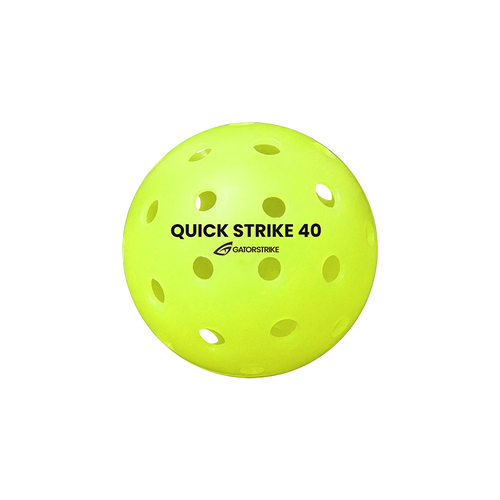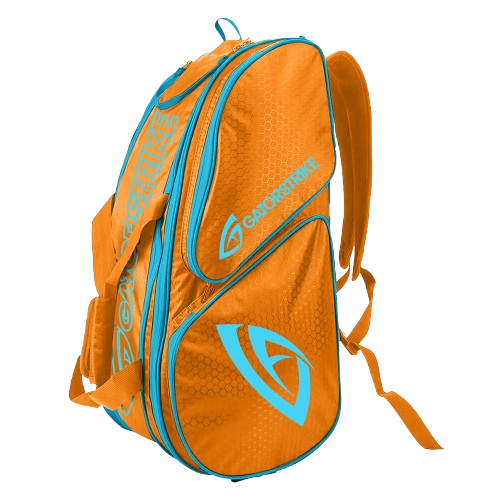
Pickleball: Resemblances to Three Sports
Share
Pickleball, a unique racquet sport that blends elements from various games, has swiftly gained popularity for its accessible, diverse, and captivating gameplay. While pickleball stands on its own, drawing parallels with established athletic disciplines provides a deeper understanding of its appeal to both participants and spectators. We delve into three sports that bear resemblances to pickleball, but also highlight the unique aspects that set it apart, making it a distinct sport within athleticism.
Tennis:
Pickleball shares many similarities with tennis regarding gameplay mechanics and court dynamics, such as using racquets to hit balls over a net while trying to outwit opponent racquet players to score points and outwit their rivals. Pickleball courts resemble tennis courts, with defined boundaries and net placement, although on a smaller scale. Furthermore, its scoring system follows similar conventions as its tennis counterpart - points awarded based on rallies won and serving rotations. Players transitioning between tennis and pickleball often find the adjustment relatively effortless as their skills from previous racquet sports allow them to thrive in its fast-paced yet strategic environment.
Badminton:
Pickleball and badminton share many similarities in terms of agility, reflexes, and net play. Both sports require quick reactions and precise shot placement to anticipate and respond to opponents' movements. The fast-paced volleying style of pickleball echoes badminton rallies. However, there are distinct differences in the equipment used and the strategies employed. Players who switch from badminton to pickleball can leverage their experience in net-based gameplay and strategic positioning to gain an advantage on the court.
Table Tennis (Ping-Pong):
Pickleball shares many similarities with table tennis (commonly referred to as ping-pong). Although its scale and setting differ drastically, both sports feature fast exchanges with spin variations and strategic shot selection. Pickleball players use similar wrist action and spin techniques used in table tennis to generate power and maintain control. Pickleball rallies feature quick reflexes and nimble footwork similar to table tennis matches; however, with additional latitude for sideways movement on a larger playing surface. Table tennis enthusiasts may find pickleball attractive due to its familiar dynamics as an opportunity to apply their talents in new contexts while adjusting according to equipment differences and court sizes.
Conclusion:
Pickleball stands out among sports as highly adaptable and inclusive, appealing to people of varying athletic abilities and preferences. For this reason, it has gained tremendous popularity over recent years. Pickleball presents its own set of challenges and nuances while drawing upon elements from multiple sports for an engaging playing experience. Pickleball's popularity is evidence that traditional sporting practices and contemporary recreation meet effectively in this engaging sport. Players and spectators worldwide continue to embrace pickleball for its combination of athleticism, strategy, and camaraderie that rivals those found in more conventional forms such as tennis, badminton, and table tennis - traits shared among all three disciplines. It successfully bridges traditional sporting practices with modern recreational recreation practices, while pickleball successfully merges traditional sporting practices with modern recreational recreation - both elements found elsewhere. Activities.

















